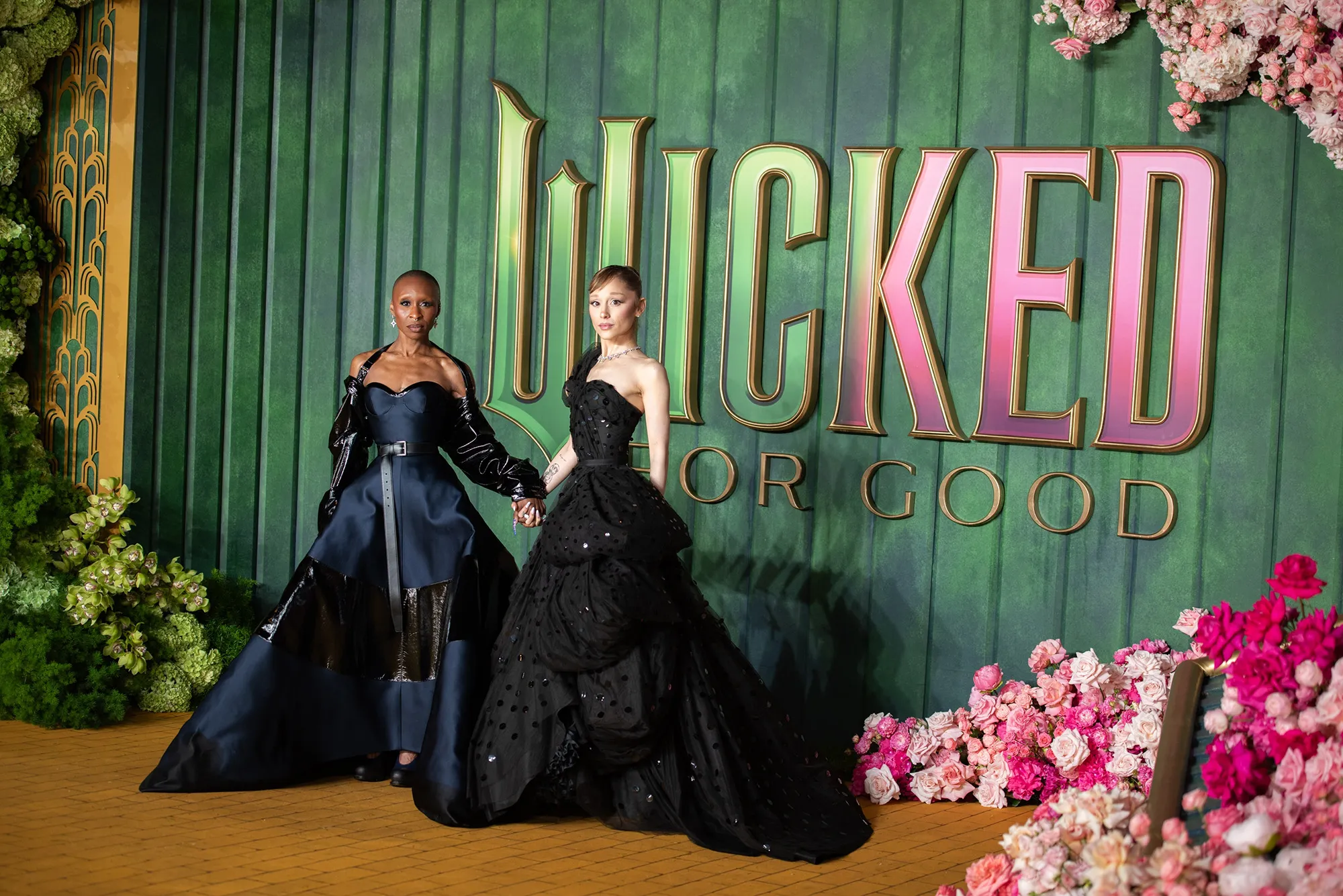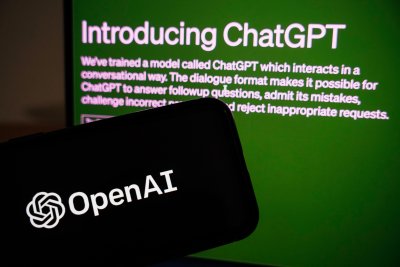Skyscanner recently shared insights into the best and worst times to buy flight tickets
Securing affordable flight deals can often seem impossible, but assistance might just be at hand. Skyscanner recently unveiled insights on the best and worst times to purchase international tickets, spotlighting both seasonal patterns and particular weekdays.
The travel search engine analysed historical data to reveal these trends and also addressed an ongoing debate in holiday planning: is it better to book early or to hold out for last-minute bargains?
Unfortunately, there isn’t a straightforward answer to this, as Skyscanner stressed that it largely depends on the route. Whilst quieter journeys or off-peak days may see price reductions as the departure date approaches, popular routes are likely to witness prices soar dramatically.
Irrespective of the season, Fridays and Sundays consistently emerge as the worst days to book flights due to high demand. However, statistics showed that cheaper fares are usually discovered on Tuesdays and Wednesdays, when bookings drop off.
“Based on past pricing trends, fares have dropped on Tuesday mornings after Monday deal releases,” Skyscanner wrote earlier this year, according to the Daily Record. When asked if prices decrease nearer a departure date, it added: “Sometimes, especially if seats are still available.
“But prices also tend to rise as departure nears. Last-minute deals exist, but they’re never guaranteed. You can also use the Skyscanner Savings Generator to find the best time to book flights based on your route.”
Skyscanner recommended that travellers book short-haul flights at least one to three months in advance to avoid disappointment. For long-haul journeys, it’s best to secure tickets two to six months before the trip.
Those wishing to monitor fluctuating flight prices can utilise Skyscanner’s alert system. To activate it, simply select a preferred route and click the ‘Get Price Alerts’ button located at the top left corner of the website.
To use this feature, you’ll need a Skyscanner account as alerts will be sent to the email linked with your account. Google also offers a similar alert system within its flight price tracking tool.
Google’s current advice states: “You can track flight prices for specific dates or, if your plans are flexible, any dates. To get flight alerts for a specific round trip, choose your dates and flights and select Search. Then, you can turn on price tracking.”
For more information on Skyscanner’s price-tracking tool, click the link here.
For the latest money-saving tips, shopping and consumer news, go to the new Everything Money website.
Get all the hottest shopping deals, cash saving tips and money news straight to your phone by joining our new WhatsApp Community – The Money Saving Club. Just click this link to join https://crnch.it/eutplxS1
We also treat our community members to special offers, promotions, and adverts from us and our partners. If you don’t like our community, you can check out any time you like. If you’re curious, you can read our Privacy Notice here https://crnch.it/jeQqC872








